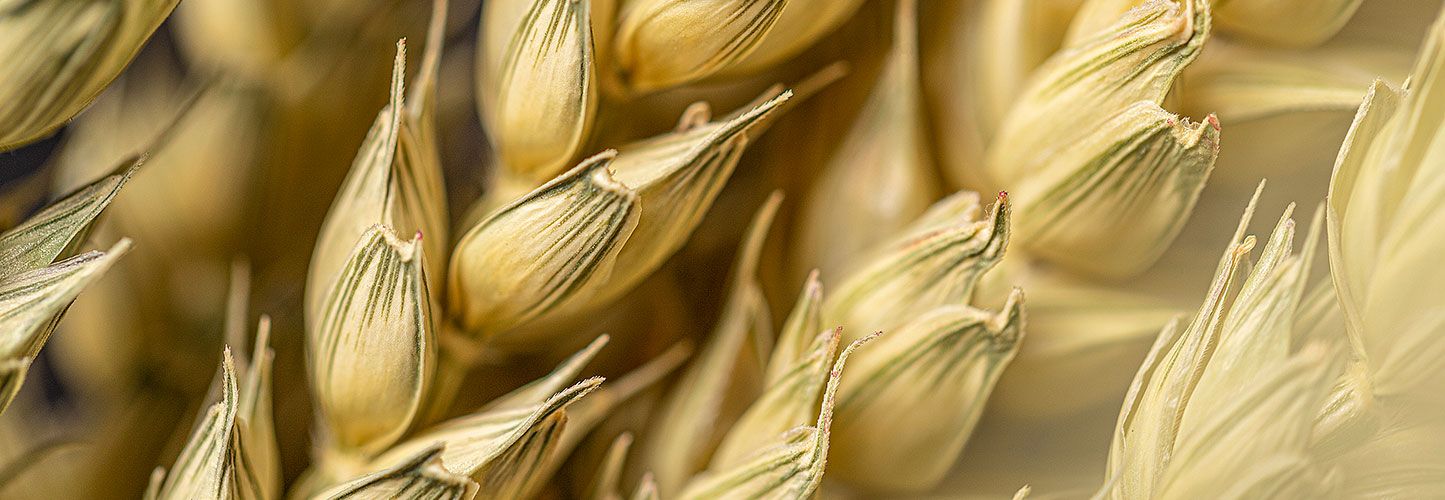
Both the bio-based and biodegradability features are material properties and therefore independent of the form of the product made from it. On the other hand, compostability and certified biodegradability within a certain period and in defined conditions is a product feature (in other words, dependent on the material thickness, for example).
Renewable raw materials are typically agricultural products, such as corn, sugar cane, sugar beet, or wheat. Monomers can be extracted from these agricultural products by means of fermentation, and they can then be used to produce polymers by means of chemical synthesis. On the other hand, there are also polymer molecules which are produced in plants (for example, starch, cellulose, and lignin) and which can be used to produce bioplastics. Bio-based plastics are generally only partly made of renewable raw materials (typically between 30% and 95%).
Bio-based plastics must be considered against their CO2 emissions. The use of renewable raw materials to produce bioplastics often results in a better CO2 balance than the use of petrochemical raw materials when we consider the CO2 consumption for crop growth. However, a full assessment of sustainability in the form of a life cycle assessment comprises a whole series of other aspects.
Biodegradability is the ability of a plastic to decompose fully to form water, carbon dioxide, and biomass through the metabolization of bacteria. Biodegradability is typically divided into two phases: scission of the polymer chain by hydrolysis and the subsequent metabolization of the polymer fragments by bacteria. Certificates of biodegradability specify a certain time frame (for example, 180 days) in which the degradation must be completed. A distinction is made between different forms of biodegradability on the basis of the environment in which it takes place as follows:
- Industrial composting (temperatures of 60°C)
- Home compostable (30°C)
- Biodegradability in soil
- Biodegradability in fresh water
- Biodegradability in salt water
While the bio-based feature therefore refers to the raw materials used to produce the polymer, biodegradability relates to an alternative end-of-life option.